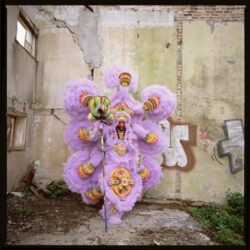Folklife
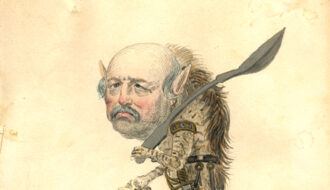
1873 Comus Parade
Mardi Gras of 1873 provided the occasion for a bold display of political commentary and costume artistrly by the Mystick Krewe of Comus.

Mardi Gras of 1873 provided the occasion for a bold display of political commentary and costume artistrly by the Mystick Krewe of Comus.
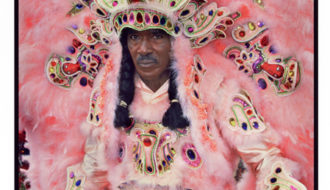
Allison "Tootie" Montana was Big Chief of the Yellow Pocahontas Mardi Gras Indian tribe in New Orleans.
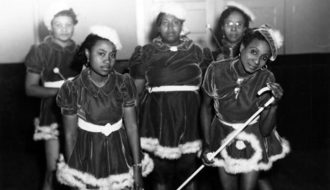
The Baby Dolls were one of the first women's street masking groups in the United States. The practice continues today as a living legacy.
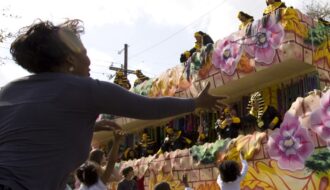
The culture and history of Mardi Gras throws, especially ubiquitous plastic beads, reflect relationships Louisianans have with each other and the spaces they inhabit.

The courir de Mardi Gras is the rural celebration of Mardi Gras in Louisiana, usually held in Cajun communities

Since the mid-twentieth century, LGBTQ+ residents of Louisiana have contributed unique traditions to Mardi Gras celebrations.
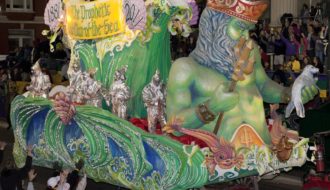
Mardi Gras in New Orleans is celebrated by costumed revelers, krewes, floats and flambeaux, parades, and masked balls.
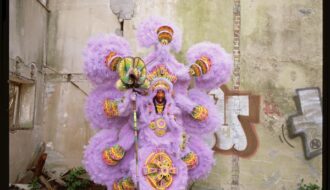
Mardi Gras Indians have become recognizable symbols of New Orleans's unique local culture, yet remain closely tied to their specific communities and traditions.
One-Year Subscription (4 issues) : $25.00
Two-Year Subscription (8 issues) : $40.00
